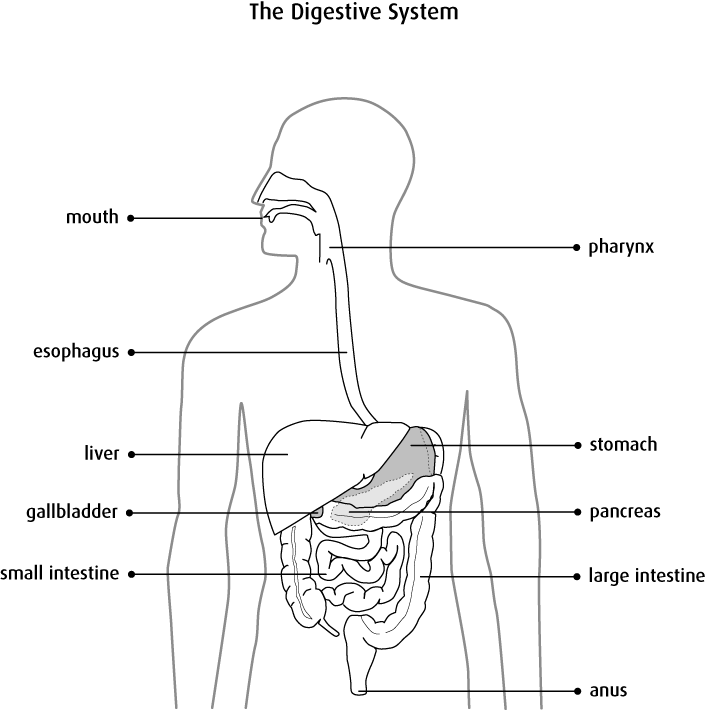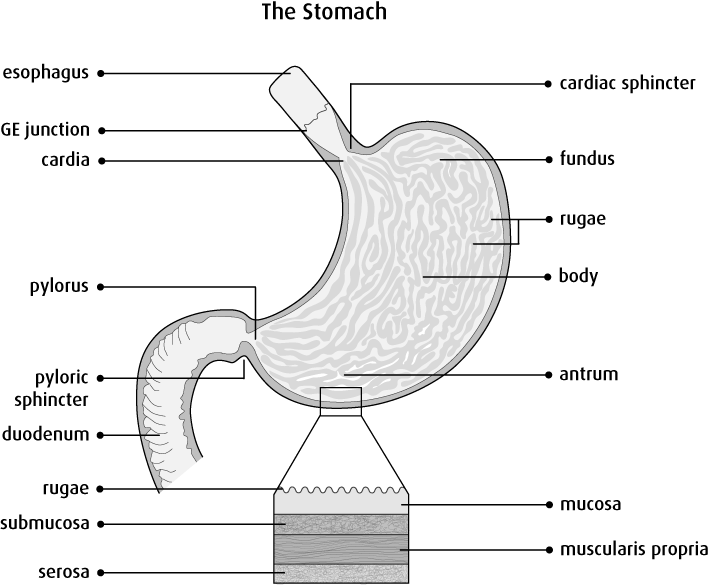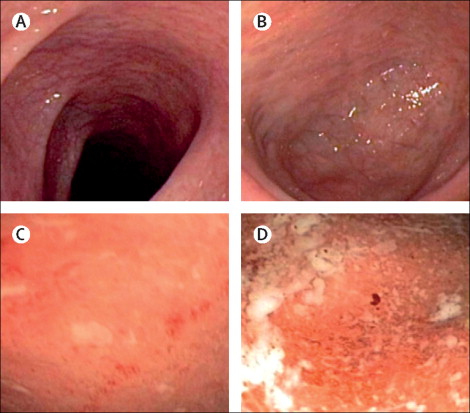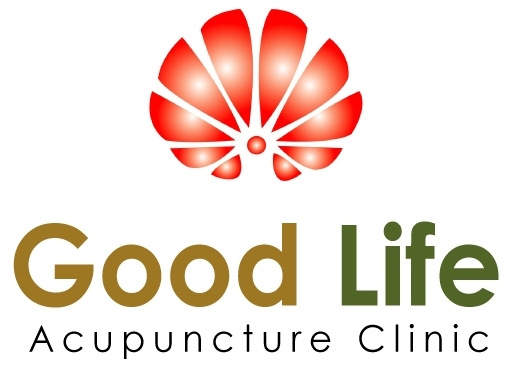Gastrointestinal disorders are disorders related with Stomach, Pancreas, Liver, Gallbladder, Small Intestine, and Large Intestine.
GORD (Gastro-oesophageal reflux disease), Indigestion, Upper Tummy Bloating, Burping, Acid Reflux, Burning sensation of Chest
GORD is quite common unpleasant disorders such as acid reflux, regurgitation, sometimes vomiting, and/or burning sensation at chest which may be coming from inflammation of lining of oesophagus. Common medication is anti-acid tablets to reduce acid in Stomach.

Stomach is temporally storing foods and doing digestion of foods with gastric juice, which is mixing with gastric juice (high acid juice) and churning and breaking down to small pieces of foods to make easy digestion by doing contracting and relaxing by itself, eventually, food is converted to chyme which is thick watery, acidic, soupy mixture.
Gastric juice is highly acidic, with a pH of 0.9–1.5, and contains water (99%), hydrochloric acid (0.4%–0.5%), pepsin, lipase, glycoprotein and mucin, calcium, sodium and potassium salts, etc and it is normally volume 20 to 100 mL and this gastric juice actually is doing melting down foods you are taken from mouth. And this gastric juice can kill and eliminate any kinds of bacteria which is contained in foods and waters. Therefore, even if we are sometimes eating and drinking some dirty foods and waters, we are not sick due to the fact that gastric juice is killing bacteria with hydrochloric acid called as HCL.

When chyme is reached to enough acidic level to digest, and then lower gate of stomach called as pylorus opens gate to release the chyme to go duodenum.
Problem is coming from full and/or half indigestion by any reasons. That meaning is foods are not digesting when you have stress and/or thinking too much. Because all bloods are going to your brain due to the need of blood from brain for extra need of nutrients and oxygen for thinking. Your brain is as like central processing unit (CPU) in your personal computer. CPU is a major component in computer. It is consuming lots of power of computer for running many programs and operating system.

If the food is not enough digested with the proper amount and proper acidity of the Stomach Juice(Gastric Juice) whose major ingredient is the Hydrochloric Acid, the food can’t be digested with the indigestion or the under-digestion. The Hydrochloric Acid is HCl by the chemical formula.
Where is the Hydrochloric acid coming from?
Our Stomach internal membranes have the several layers which are the Muscularis Externa Layer, Submucosa Layer, and Mucosa Layer. In Mucosa Layer, there are Parietal cells to produce Hydrochloric Acid. The Parietal cells are supplied from the Fenestrated capillary of the Mucosa Layer. The Fenestrated capillary is suppling the nutrients for producing the Gastric Juice. The major ingredients of Hydrochloric Acid is coming from the Salt whose chemical formula is NaCl. If the salt is reacted with water whose chemical formula is H2O. So, when the salt is reacted with water, the chemical reaction is NaCl + H2O = NaOH + HCl.
After the chemical reaction with salt and water is producing the Hydrochloric Acid for digestion of food and barrier between inside of human body and outside of the human body due to the fact the hydrochloric acid is killing the bacteria which are coming from the in-take food and drinks, because we couldn’t get them off totally from the food and drinks even if we are cleaning the foods and drinks properly.

Why do I have those upper stomach problems?

There are many reasons why you have those problems.
Inflammation of the mucus membrane from the infection such as helicobacter pylori : Helicobacter pylori is the specific bacteria which can survive with high acidic conditions in Stomach. They are producing the neutralizing chemical for hydrochloric acid. So they can survive in Stomach membrane. According to the article, the 15 percent of Australian are infected with this bacteria. https://www1.racgp.org.au/newsgp/clinical/explainer-what-is-helicobacter-pylori For preventing the infection of Helicobacter Pylori, do not share the food.
Inflammation of the mucus membrane due to the spoiled food from the stress :

When you have the stress, your blood which is around 5 to 6 litre is distributing to the essential organs such as brain, heart, lungs, and four limps for overcoming the stress. Our body doesn’t know what kind of stress such as the physical stress and/or the mental stress. Our body is responding just like as the ancient our ancestor who were living the extreme natural environmental situations. The stress is like seeing a Lion in the jungle. If you meet a Lion, you don’t have the time to eat, digest. You have to run away from the dangerous situation to survive.
So, the food you ate before the stress and/or with the stress isn’t digested or partially digested by not-enough gastric juice due to the not-enough blood supply to the Stomach. That is why the food you ate is getting spoiled due to the fact that the bacteria with the food is growing quickly rather than killed by the gastric juice. That spoiled food and/or the bacteria are getting affected to the mucus membrane to be inflamed.
Inflammation of the mucus membrane from eating too much spicy foods/Caffeine due to the irritation of the mucus membrane
The spicy foods such as the garlic, onion, chilly, pepper, turmeric, and ginger may irritate the Stomach membrane. Because the Stomach membrane has the rich small blood vessels to produce the mucus for protecting the Stomach mucus membrane from the gastric juice, the gastric juice for digestion, muscle contraction and relaxing for churning mechanical movement of Stomach.
Inflammation of the mucus membrane due to inability to digest the foods by the not-enough level of Sodium and Chloride in blood
PPIs (Proton Pump Inhibitors)
PPIs are the most prescribed medications in the world. From the article, PPIs are used over 10 billion dollars a year in Unite States of America (U.S.A.) and 25 billion dollars a year around world (Jaynes M, Kumar AB. The risks of long-term use of proton pump inhibitors: a critical review. Ther Adv Drug Saf. 2018 Nov 19;10:2042098618809927. doi: 10.1177/2042098618809927. PMID: 31019676; PMCID: PMC6463334). The potential side effects of PPIs for long-term usage are as follows. And the research articles are well documented.
- PPIs and Clostridium difficile (C. difficile) infection
- PPIs and dementia
- PPIs and pneumonia
- PPIs and antiplatelet agents
- PPIs and kidney disease
- PPIs and micronutrient deficiency
- PPIs and bone mineral density
PPIs are removing gastric acid, so it may help you reducing acid reflux. But you may have another problem. Because gastric juice which is high acid juice with hydrochloride is doing killing bacteria and melting down foods you take. In these functions, the killing micro-organisms are very important function to make a barrier between your inner body and outside environment. Because even if we are cleaning the foods we take properly, there are some micro-organisms in foods and/or drinks we take. So gastric juice which has hydrochloride will kill most of them in foods and/or drinks. There is exempt that Helicobacter pylori (H. pylori) is a type of bacterium that can live in the lining of the stomach even if high acid juice is in stomach wall. They have special mechanism to protect by themselves.
H.pylori may cause stomach inflammation (gastritis) and more serious conditions such as stomach ulcers and stomach cancer ( https://www.healthdirect.gov.au/helicobacter-pylori).
And then mixed with Pancreatic juice from Pancreas and Bile juice from Gallbladder which is produced at Liver.

As you can see above diagram, there are major duodenal papilla which are connecting with Common Bile duct which is connecting to Gallbladder and Liver and Pancreatic duct which is connecting to Pancreas. That meaning is chyme is mixed with Pancreatic juice and Bile juice. Pancreatic juice is high alkaline juice about pH 8. This high pH makes neutralization of chyme which is acidic, entering duodenum. Now chyme is not toxic to intestine and our intestines can absorb nutrients from chyme.
From here, if chyme is not neutralised by any reasons, for example, slightly acidic or slightly alkaline, in that case, chyme is toxic to small intestine and large intestine. Therefore, slightly acidic or slightly alkaline chyme can cause irritation to the membranes of intestines, leading to inflammation of tissues. That irritation can cause rapid evacuation of chyme with tummy pain and then eventually there is no time to absorb any nutrients and waters, leading to urgent diarrhoea.
This diarrhoea and/or any loose bowel motions are not good, because we can’t absorb any nutrients and waters at all. Eventually, we have lack of nutrients and dehydration. Therefore, we can’t maintain our body, eventually, our body is getting weaker.
Usually, after stomach, chyme is mixed with bile juice whose colour is brown colour, so all stools are coloured with brown colour.
Gastritis
Gastritis is meaning “inflammation of Stomach membrane”. It is quite common disorders presented in clinic. Most of people have these disorders with many reasons such as stress, not proper diets, not fresh foods, medications which are anti-inflammatory drugs such as aspirin, ibuprofens, and alcohol etc.
Gastric Ulcer
Gastric Ulcer is an open sore on an internal surface of the Stomach, caused by a break in the mucous membrane which fails to heal (Definitions from Oxford Languages). As you have an experience at the skin ulcer which is not healing, so you will feel painful. If this kind of ulcer is happened in your Stomach membrane, you will feel different feeling. But it is not favourable. Not healing sores may be leading to Stomach Cancer.
Stomach Cancer
Stomach C
Ulcerative Colitis

Figure 2: Mayo endoscopic score for ulcerative colitis (A) Score 0=normal; endoscopic remission. (B) Score 1=mild; erythema, decreased vascular pattern, mild friability. (C) Score 2=moderate; marked erythema, absent vascular pattern, friability, erosions. (D) Score 3=severe; spontaneous bleeding, ulceration. Images courtesy of Elena Ricart.
As you can see from above picture, picture D is showing bleeding, ulcerations which is whitish image. If the patients are bleeding diarrhea with mucus, it is severe stage of ulcerative colitis.
Recent research article mentions the stress for one of risk factors. (De Sousa JFM, Paghdar S, Khan TM, Patel NP, Chandrasekaran S, Tsouklidis N. Stress and Inflammatory Bowel Disease: Clear Mind, Happy Colon. Cureus. 2022 May 15;14(5):e25006. doi: 10.7759/cureus.25006. PMID: 35582022; PMCID: PMC9107617.)
From Stomach, the foods are going down to Small Intestine. Small intestines are absorbing the nutrients from the thyme. If the thyme is not neutral PH levels, the mucus membranes of Small Intestines are irritated and damaged, leading to the inflammation of the mucus membranes. Eventually, the gap junctions are broken and the
Tissue Cellular Changing Process for understanding diseases

TREATMENT
- There are two options.
ACUPUNCTURE
“Acupuncture, an important component of traditional Chinese medicine, has gained growing attention around the world in the past decades. Both manual and electroacupuncture are commonly used in clinical practice, especially by patients with gastrointestinal disorders seeking symptoms control due to disease signs recurrence and/or lack of effective treatments. Currently, patients with functional gastrointestinal disorders, constipation, gastroesophageal reflux disease, inflammatory bowel disease, ileus, acute pancreatitis, and gastroparesis may benefit from acupuncture treatment, as clinically evident, and the most frequently used acupoints are chosen from the large intestine, stomach, bladder, and spleen meridian. The underlying mechanisms of acupuncture involve the neuromodulation, adjustment of gastrointestinal motility and visceral hypersensitivity, anti-inflammation, repairment of gut microbiota, and intestinal barrier. As methodology advanced, cumulative number of well-designed clinical trials has been established, which might help elevating clinicians and gastroenterologists’ awareness and perception toward application of acupuncture for gastrointestinal diseases management.”(Li X, Liu S, Liu H, Zhu JJ. Acupuncture for gastrointestinal diseases. Anat Rec (Hoboken). 2023 Dec;306(12):2997-3005. doi: 10.1002/ar.24871. Epub 2022 Feb 11. PMID: 35148031.)https://anatomypubs.onlinelibrary.wiley.com/doi/10.1002/ar.24871
From the personal experience, acupuncture still have the various effects on body. Most of patients are not only one condition to treat. One particular problem is their stresses coming from the various reasons such as the family issues, financial issues, school or work places issues. The mental issues are affecting the physical body
